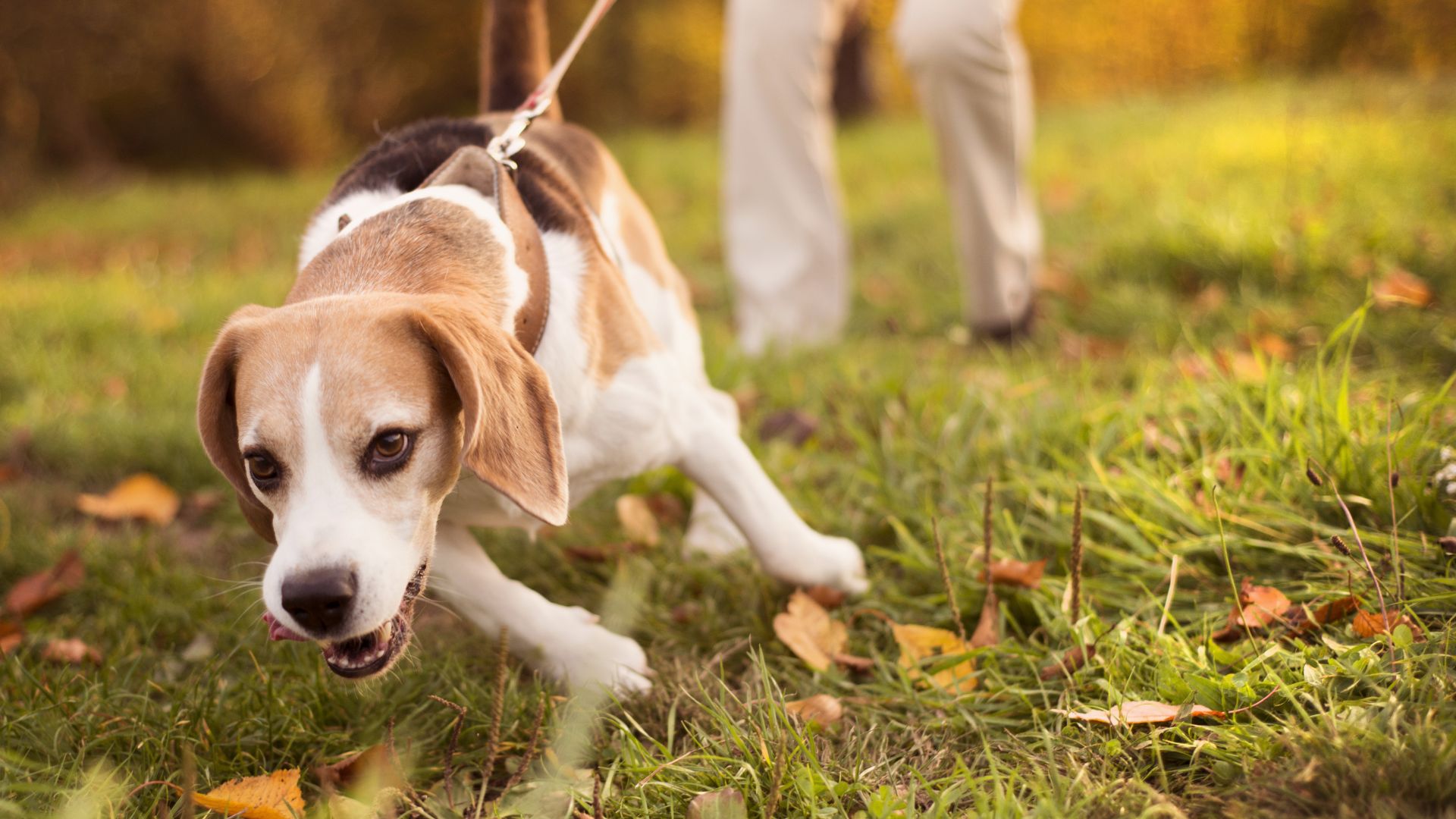Picture a dog that doesn’t just wag its tail—but plots, deliberates, and occasionally gives you the side‑eye before deciding whether to obey. That’s a stubborn dog in all its independent glory. You’re not alone if you’ve ever thought, “My dog just does their own thing.”
Interestingly, studies show that 73% of dog owners use treats or food rewards in a training method. That means a large number of people are learning firsthand how tough it can be to guide a stubborn pup through training sessions.
Every stubborn pup responds to the right approach: positive reinforcement during short, engaging training sessions, delivered with consistent training. Tapping into a stubborn pup’s motivations—not just expecting blind obedience—can unlock real progress.
And when your dog’s making decisions on their own terms, that’s just intelligence showing through. If proper training ever feels too much, you’re in luck: obedience training or professional help can bridge the gap between willful independence and affectionate cooperation.
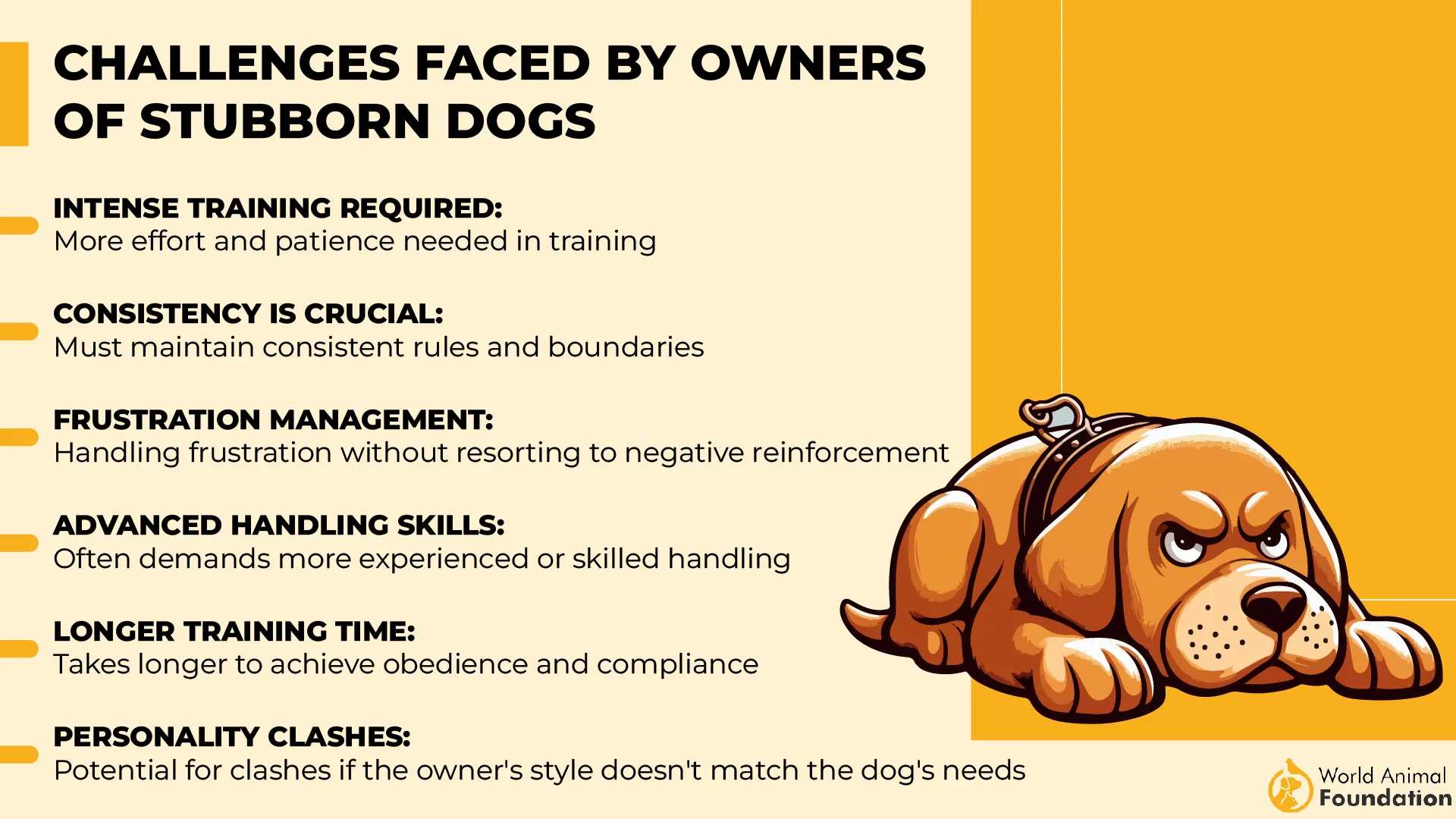
Let’s take a look at some of the most stubborn dog breeds on the planet.
Most Stubborn Dog Breeds On The Planet
1. Afghan Hound
The Afghan Hound is elegant, aloof, and often called one of the most stubborn dog breeds. Originally bred for hunting, it developed a strong independent streak that shows in training sessions. They do best with positive reinforcement and gentle, consistent training methods.
This breed has a rich history as a hunter in the mountains of Afghanistan. Built for speed and agility, the Afghan Hound was trusted to spot prey from a distance and chase across challenging terrain.
That work required quick decisions without waiting for human commands. Today, that stubborn streak remains. They may pause mid-command, scan their surroundings, and choose their own decisions instead of following right away.
Despite their independent nature, Afghan Hounds are deeply loyal. Their stubborn streak isn’t defiance—it’s intelligence and strong decision-making skills. They dislike pressure, so patience is key. With understanding and proper training, this breed shows a balance of grace, athleticism, and affection.
Breed Profile
Breed Group: Hound Group
Height: 25–27 inches
Weight: 50–60 pounds
Lifespan: 12–18 years
2. Basenji
The Basenji is a talented hunting breed of African origin. Known for its curled tail, feline grace, and quick reflexes, this dog was bred to hunt small prey and help flush larger game.
Training must start at a young age and should always be active and engaging. Their intelligence makes them quick problem solvers, but also part of the reason they are counted among stubborn breeds.
According to PetMD, Basenjis are often called the barkless dog. Instead of barking, they use their unique yodel-like sound to communicate. With a cat-like demeanor and independent personality, they may seem distant during training.
Their instincts and natural protective instincts make them strong hunters, but also less likely to follow commands without clear motivation.
Say “sit,” and a Basenji may simply walk away or turn its back. They are not being defiant—it’s just how they process situations. To succeed, trainers must use patience, offer rewards, and respect their unique style.
Breed Profile
Breed Group: Hound Group
Height: 17 inches (male), 16 inches (female)
Weight: 24 pounds (male), 22 pounds (female)
Lifespan: 13–14 years
3. Beagle
The Beagle is friendly, cheerful, and packed with energy. Bred to hunt rabbits and hares, it has a sharp nose and strong tracking instincts. This independent mind often leads to selective hearing, especially when following a scent. Their happy nature makes them lovable, but training takes patience and persistence.
Beagles thrive when they get exercise, mental stimulation, and a stable environment. Without activity, they can become restless or stubborn.
Their hunting drive may make life tricky if you have cats or other pets. Still, they are affectionate companions who bond closely with families. Meeting their emotional needs with play, structure, and attention keeps them well-balanced.
For first-time pet owners, the Beagle can feel like a challenge. Their self-sufficient nature makes them determined to follow their nose over commands. The key to success is offering positive reinforcement and keeping training fun. With consistency and patience, they grow into wonderful family dogs that bring both joy and energy to a home.
Breed Profile
Breed Group: Hound Group
Height: 13–15 inches
Weight: under 20 pounds (13-inch variety), 20–30 pounds (15-inch variety)
Lifespan: 10–15 years
4. Bulldog
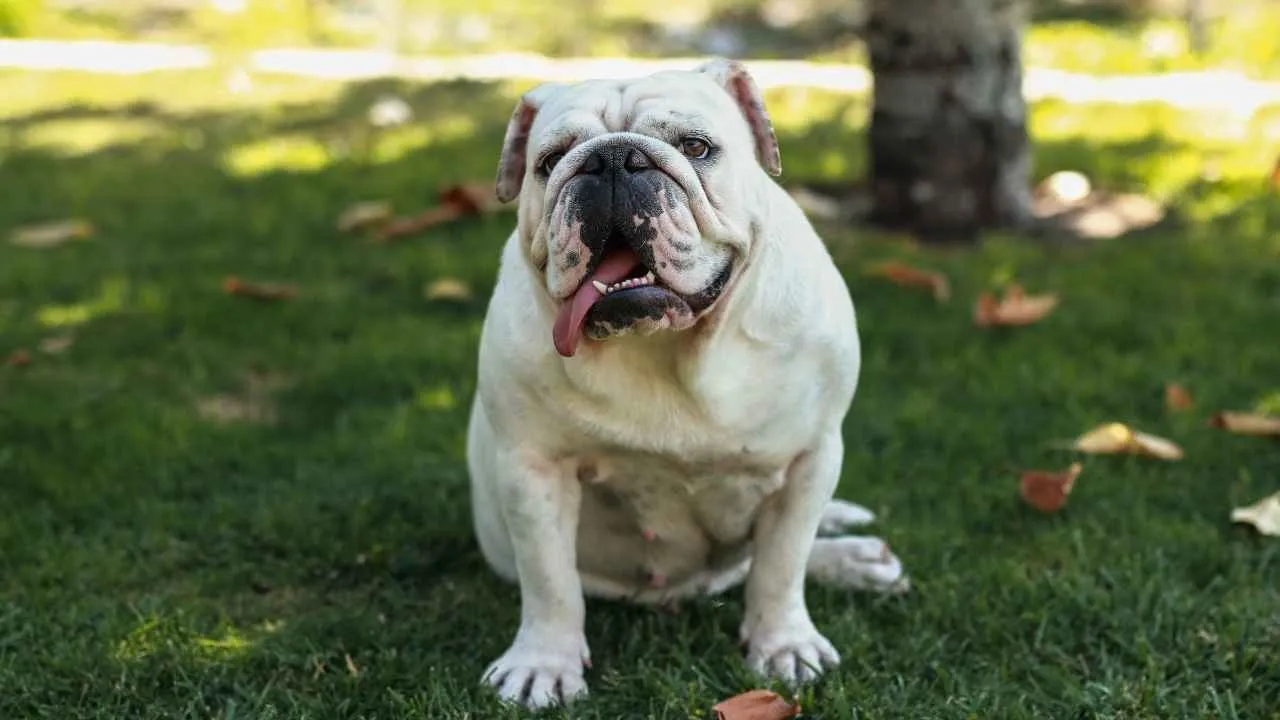
Britannica states that the Bulldog, often nicknamed the “sourmug,” is a stocky small breed with a rolling gait. It has a large head, folded ears, a short muzzle, a protruding jaw, and loose skin that creates wrinkles on the face. Behind this tough appearance is a gentle pup, but their stubborn side and strong-willed temperament often show during training.
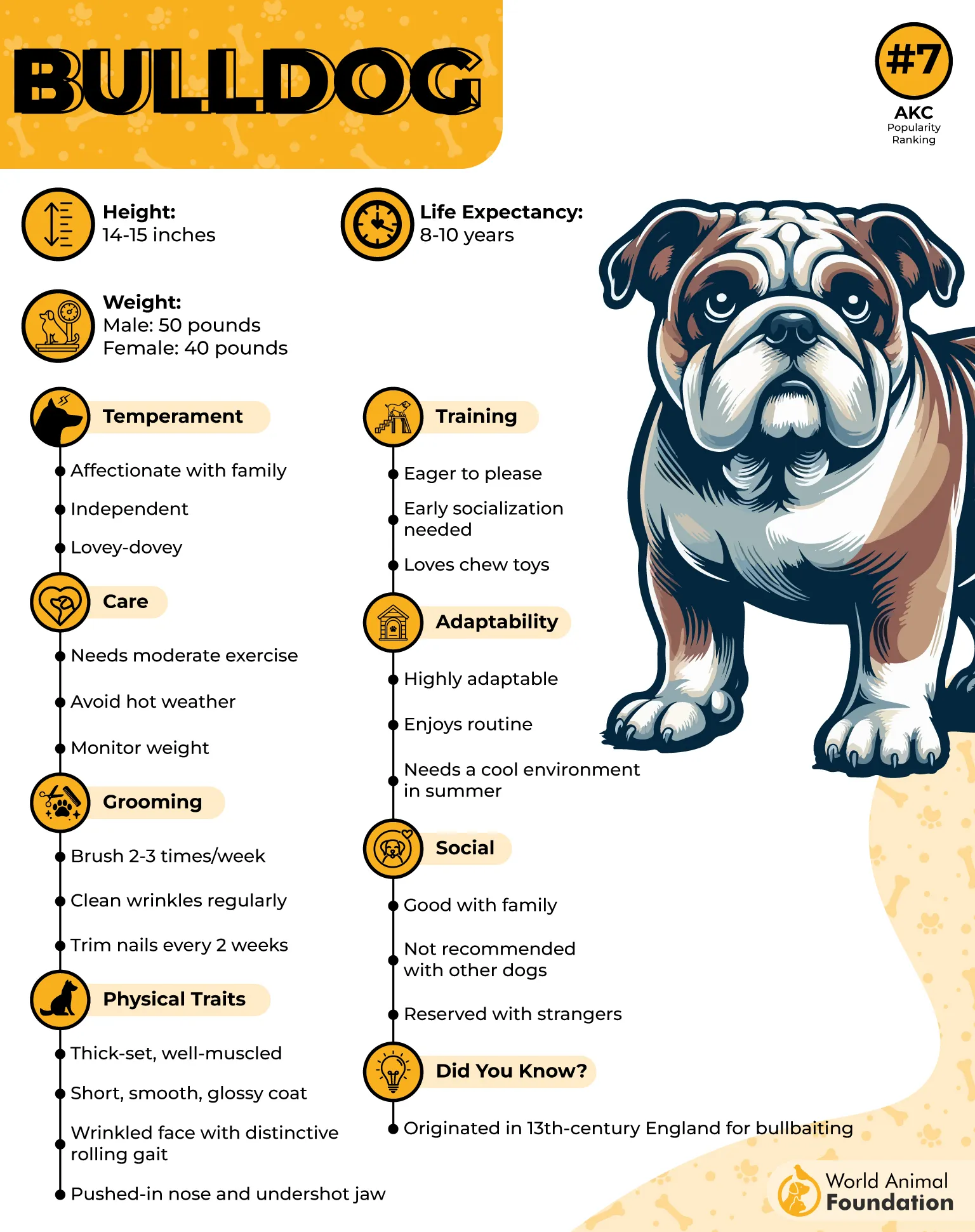
Bulldogs were originally bred for bull baiting, which gave them strength and determination. Today, that same spirit can show up as a stubborn streak.
They may prefer to lounge rather than follow commands, but their loyalty and affection shine through. With patience, they can learn to respect routines and bond closely with their families.
Starting training at an early age helps Bulldogs develop good habits. Their natural curiosity can be used to keep them engaged in tasks. Many benefit from an obedience class where structure and rewards guide them toward cooperation.
Breed Profile
Breed Group: Non-Sporting Group
Height: 14–15 inches
Weight: about 50 pounds (male), about 40 pounds (female)
Lifespan: 8–10 years
5. Rottweiler
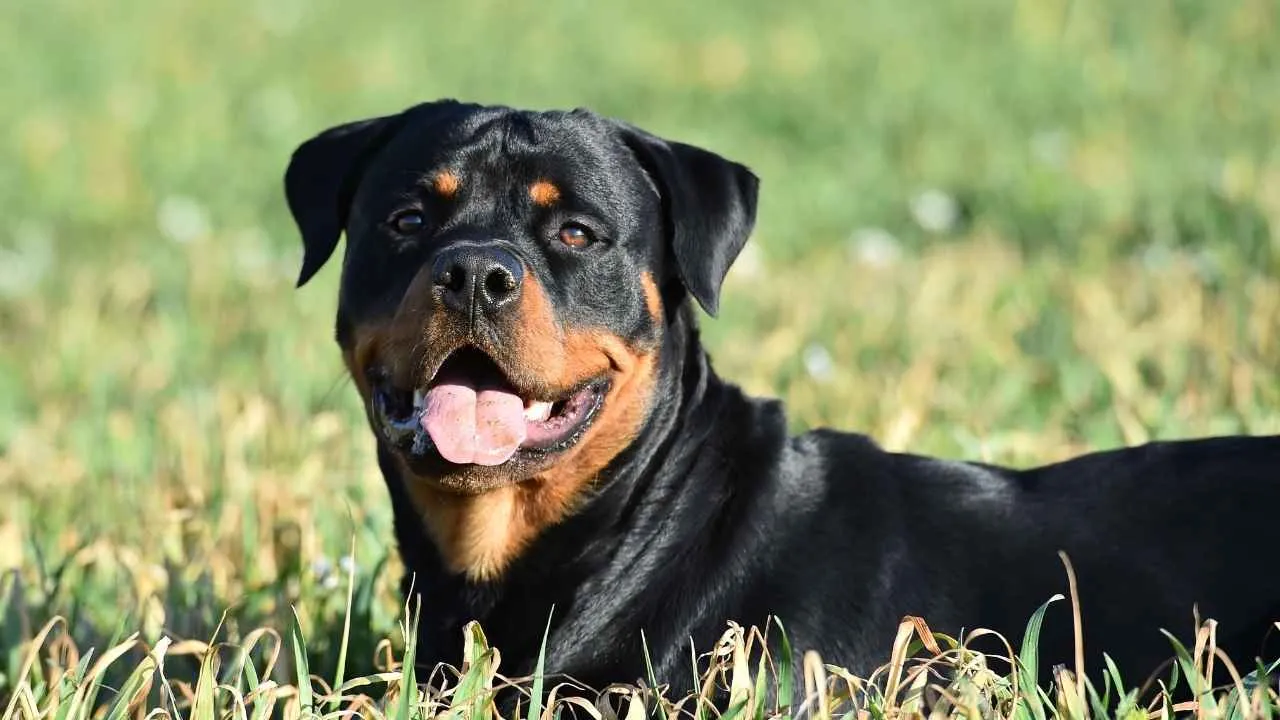
Rottweilers are strong, loyal, and confident dogs. They were bred for guarding and working, which explains much of the dog’s behavior seen today. Their size and power can be intimidating, but at heart, they are affectionate companions. Still, their strong-willed nature can make training a challenge if not started early.
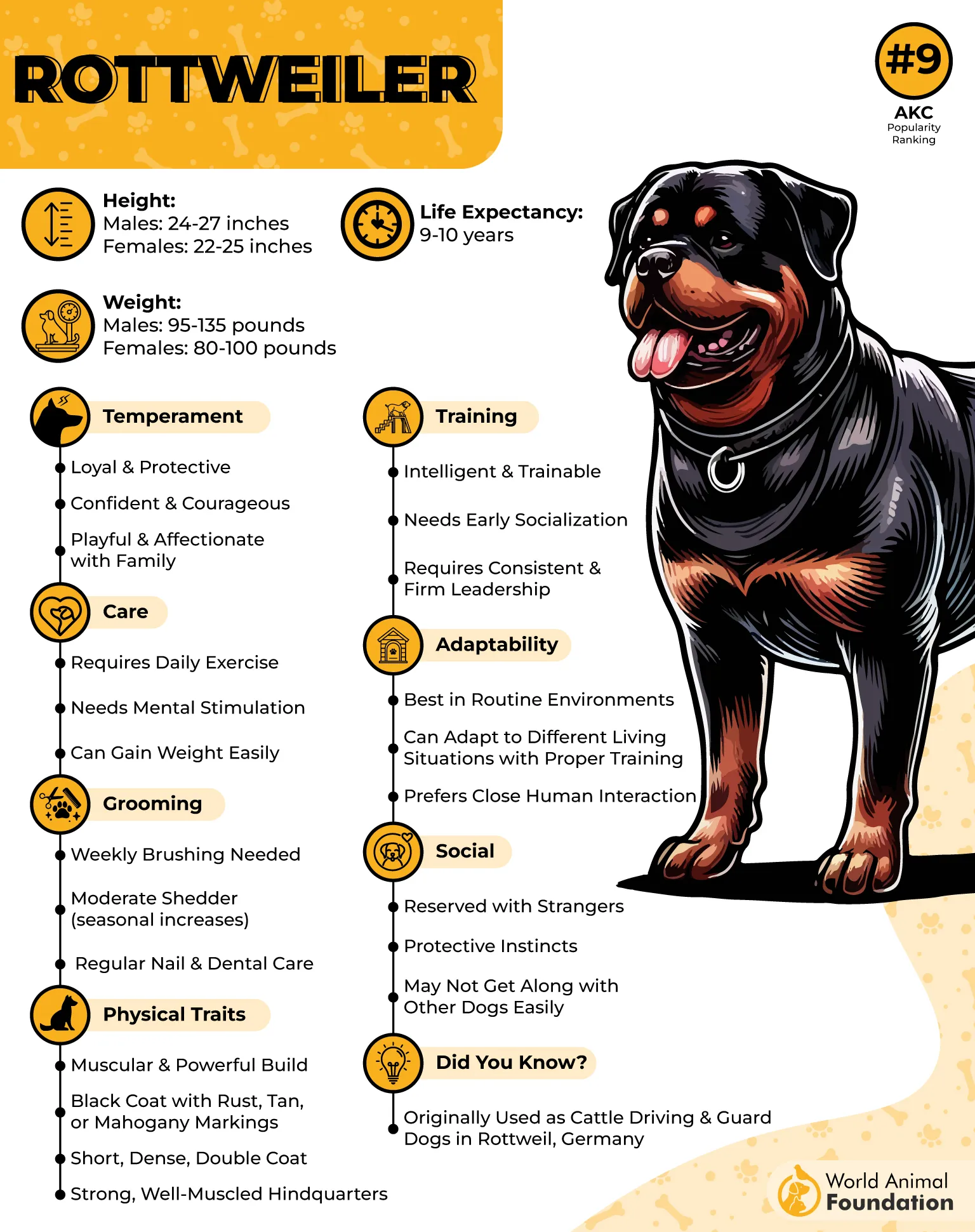
This breed is intelligent and self-assured, but can also ignore commands when they see no clear reason to comply. They can get easily distracted if training isn’t engaging.
With guidance, they thrive in activities like obedience or agility, which channel their energy and confidence. Their protective side, combined with affection for family, makes them dependable watchdogs.
Rottweilers need owners who are consistent and firm. Their stubborn streak stems from several factors, including intelligence, independence, and protective instincts. With socialization and training from the start, they can live happily with people and even other animals.
Breed Profile
Breed Group: Working Group
Height: 24–27 inches (male), 22–25 inches (female)
Weight: 95–135 pounds (male), 80–100 pounds (female)
Lifespan: 9–10 years
6. Jack Russell Terrier
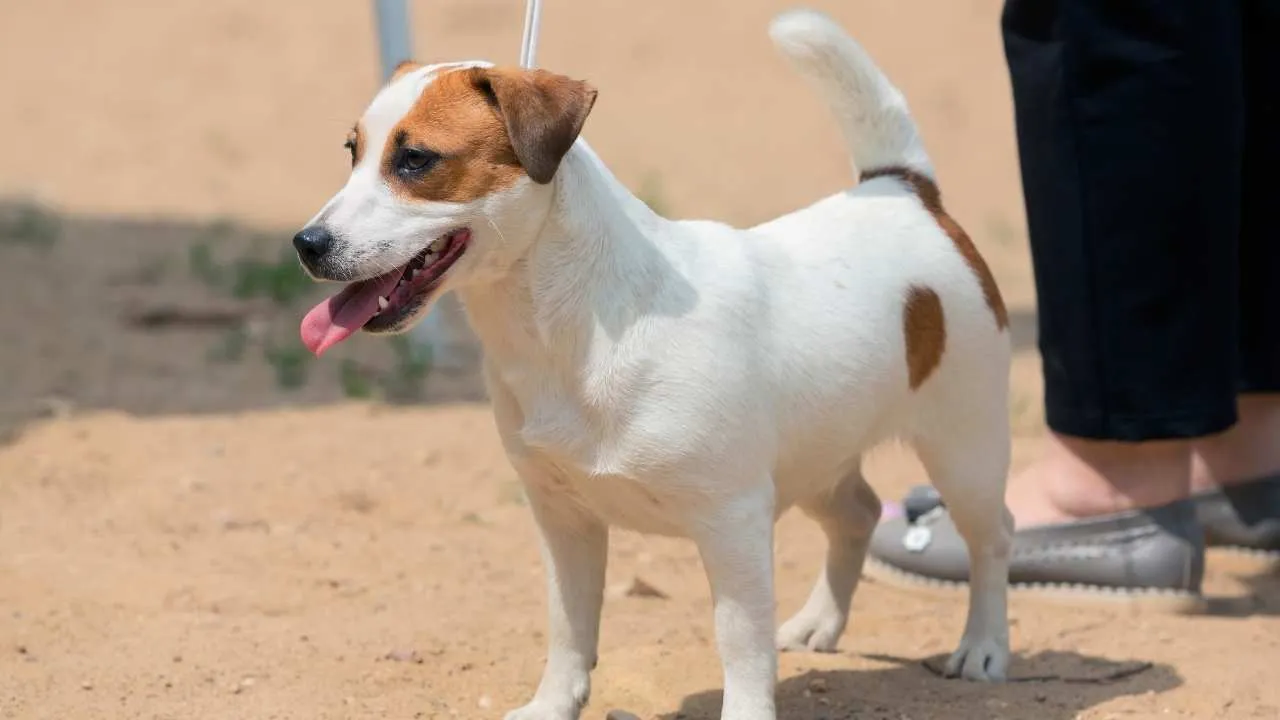
The Jack Russell Terrier is a handsome terrier with a history rooted in fox hunting. Though a small dog, it is fearless, clever, and full of determination. These pups have boundless energy and often act like they are on their own mission. Their playful yet stubborn streak means they do best with structured routines, patience, and plenty of activity.
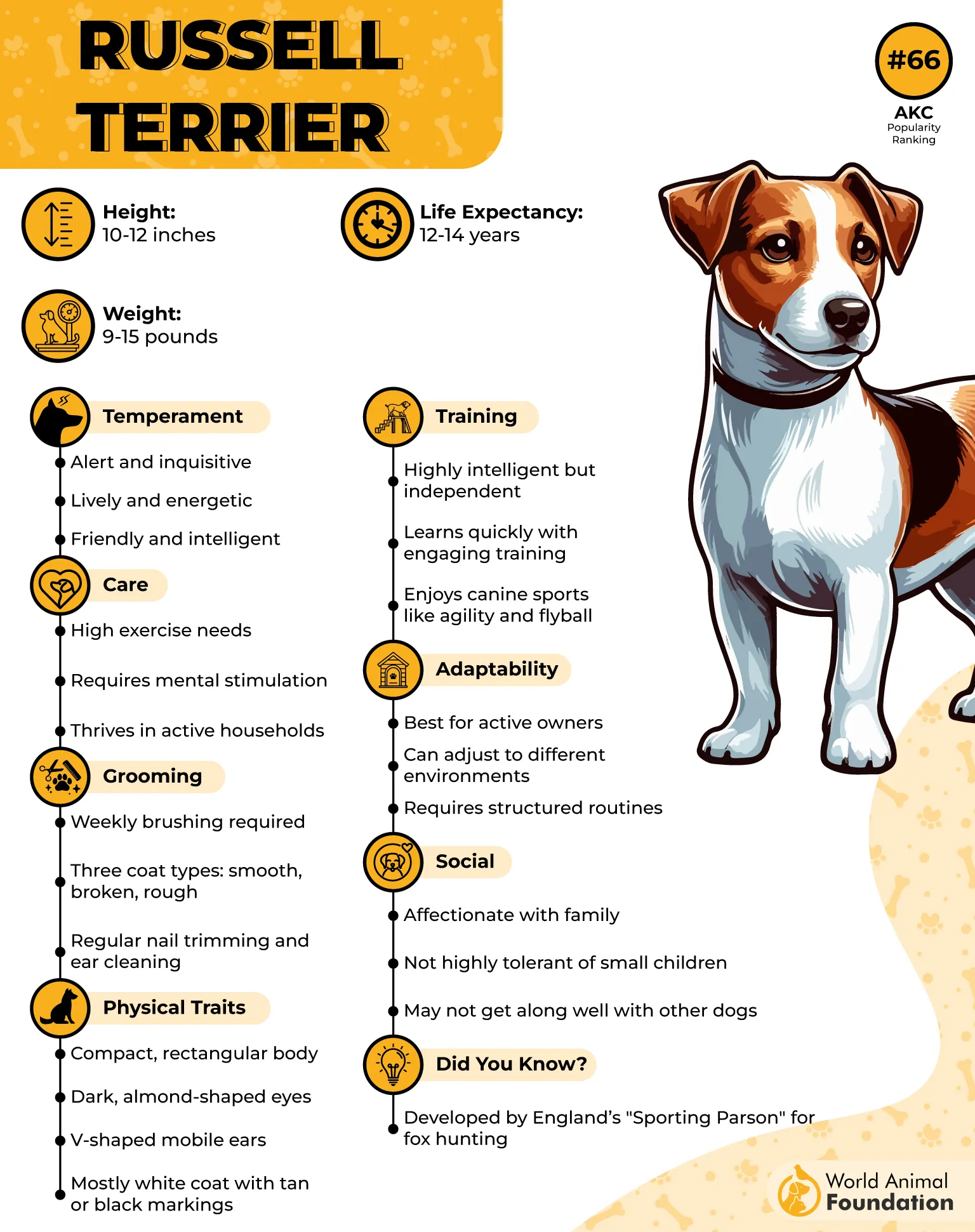
Training a Jack Russell can be tricky. They are quick learners but may decide not to cooperate if the mood isn’t right. Sometimes, they simply refuse commands, not out of confusion, but because they want to do things their way.
Early lessons, combined with mental and physical challenges, help guide their strong personalities toward good behavior.
Despite their stubborn nature, Jack Russells are happy, fun-loving, and affectionate companions. They thrive when they can explore, chase, and stay busy. With consistent training and lots of exercise, these little terriers prove that even the most willful dogs can become loyal and entertaining family pets.
Breed Profile
Breed Group: Terrier Group
Height: 10–12 inches
Weight: 9-15 pounds
Lifespan: 12–14 years
7. Shiba Inu
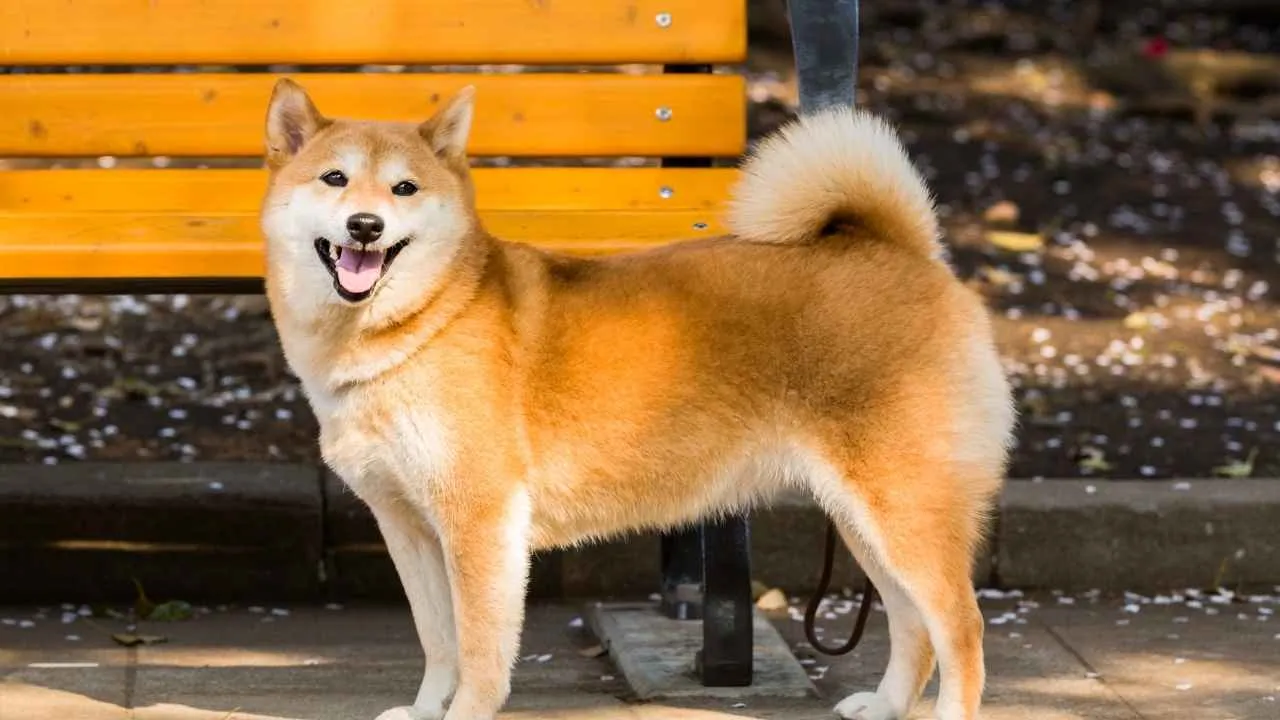
The Shiba Inu is a small Japanese breed that is both charming and headstrong. It is highly intelligent but dislikes following commands, which makes training a challenge. This breed often does things on its own terms, and sometimes professional help is needed to guide them.
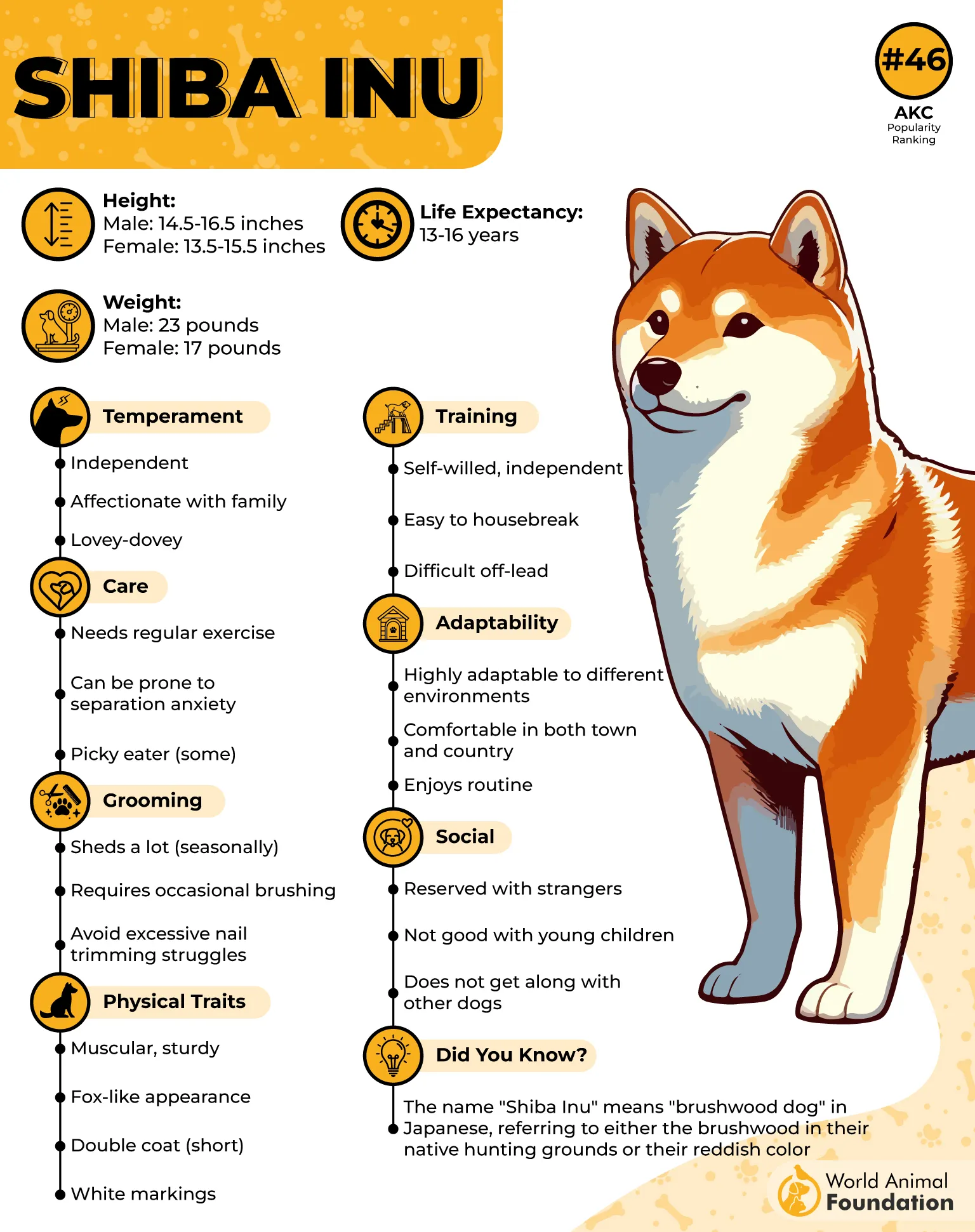
Shibas were developed in Japan for hunting in the mountains. AKC says that their name means “brushwood dog,” reflecting their skill in flushing game from rugged terrain. Independent and bold, they often resist instructions not from confusion, but from choice. If they don’t see a reason to respond, they may simply ignore the request.
Training this breed requires patience, consistency, and respect. Attempts to force or pressure them usually backfire, sometimes resulting in the dramatic “Shiba scream.” With early socialization and steady guidance, they become loyal companions who show affection to families that understand their spirited nature.
Breed Profile
Breed Group: Non-Sporting Group
Height: 14.5–16.5 inches (male), 13.5–15.5 inches (female)
Weight: 23 pounds (male), 17 pounds (female)
Lifespan: 13–16 years
Conclusion
Stubborn dog breeds may test your patience, but their determination and intelligence are also what make them unforgettable companions. These dogs often have a history of working independently, which explains their strong will and selective obedience. With patience, understanding, and consistent training, even the most headstrong pup can learn to listen and thrive.
Our list doesn’t end here, though. There are other dogs as well that are known for their stubborn nature. These include the Chinese Shar Pei, Scottish Terrier, Cocker Spaniel, Siberian Husky, Chow Chow, and English Bulldog.
Owning one of the most stubborn dog breeds isn’t about forcing obedience—it’s about building respect and trust. When you meet their needs for exercise, mental stimulation, and structure, they give back with loyalty, love, and unique personalities. With the right approach, that stubborn streak turns into a bond that lasts a lifetime.


